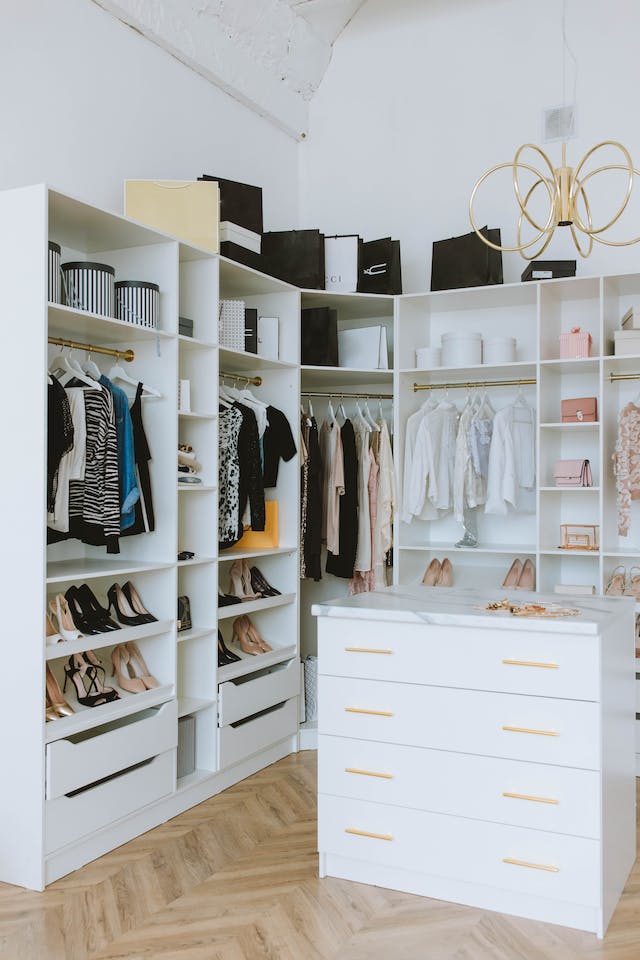With 2025 just around the corner, the interior design world is changing fast with some brilliant ideas that combine comfort, sustainability, and modern aesthetics. Whether you’re planning to revamp your home or just curious about what’s trending, being updated on the latest interior design trends is vital. These are 5 key trends that will rule interiors in 2025: from sustainable materials to multi-functional spaces.
Table of Contents
1. Sustainable and Eco-Friendly Designs
Sustainability continues to be one of the most significant latest interior design trends for 2025. Homeowners are now more conscious of the environmental impact of their design choices, leading to a surge in eco-friendly materials and practices. Designers are incorporating sustainable materials like bamboo, recycled wood, and organic fabrics into their designs. Additionally, energy-efficient lighting, solar panels, and water-saving fixtures are becoming standard.
2. Biophilic Design for Nature Lovers
Bringing the outdoors inside is a key trend that will continue to grow. Biophilic design is all about connecting with nature, which is why it’s making waves in the latest interior design trends. Expect to see more homes incorporating natural elements like indoor plants, living walls, and water features. Natural light will also play a significant role, with large windows and skylights becoming more common.
3. Latest Interior Design Trends: Smart Homes Integration
Technology is playing an increasingly important role in interior design, making smart home integration one of the most exciting latest interior design trends. From voice-activated lighting and climate control systems to automated blinds and smart kitchen appliances, homes are becoming more intuitive. Smart homes of 2025 will be about more than gadgets—they’ll focus on creating a sleek, cohesive environment.

4. Multi-Functional Spaces
The demand for multi-functional spaces is another one of the latest interior design trends for 2025. As more people work from home, spaces that serve multiple purposes are becoming essential. Living rooms that transform into home offices or bedrooms that double as workout spaces are popular design solutions. Flexible furniture, like foldable desks, modular sofas, and Murphy beds, make it easier to adapt spaces to different needs.
5. Bold Colors and Patterns
In 2025, homeowners will move away from minimalism toward bold colors and patterns. One of the latest interior design trends is the use of striking color palettes, such as deep blues, terracotta, and emerald greens. These vibrant shades will be paired with geometric or abstract patterns to create a visually stimulating environment. Accent walls, bold wallpaper, and colorful furnishings will add personality to spaces, making them more expressive and unique.
Conclusion
The latest interior design trends for 2025 offer a perfect blend of functionality, sustainability, and bold aesthetic choices. From eco-friendly materials and biophilic designs to multi-functional spaces and smart home integration, these trends are shaping the future of living spaces. By embracing these trends, homeowners can create spaces that are both stylish and practical, ensuring their homes are comfortable, innovative, and reflective of the modern world’s needs.
[Read How To Select The Right Vastu Colors For Home?]
FAQs
What colors will dominate interior design in 2025?
Soft earth tones like terracotta, warm browns, and muted greens will dominate, along with rich jewel tones such as deep blues and emerald greens for accenting spaces.
What are the major lighting trends for 2025?
Sculptural, statement lighting pieces and smart, energy-efficient lighting systems will be prominent. Natural light maximization and customizable lighting solutions will also gain popularity.
What textures and materials will be trending in 2025 interiors?
Natural materials like wood, stone, and organic textiles will lead the trend, alongside textured fabrics, woven accents, and eco-friendly materials like recycled metals and glass.

